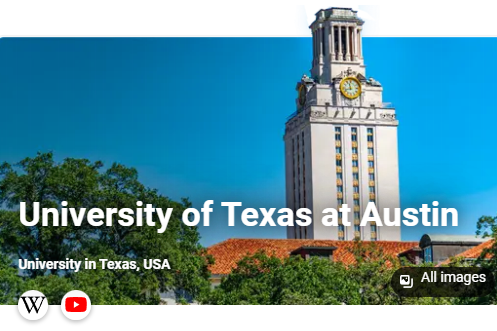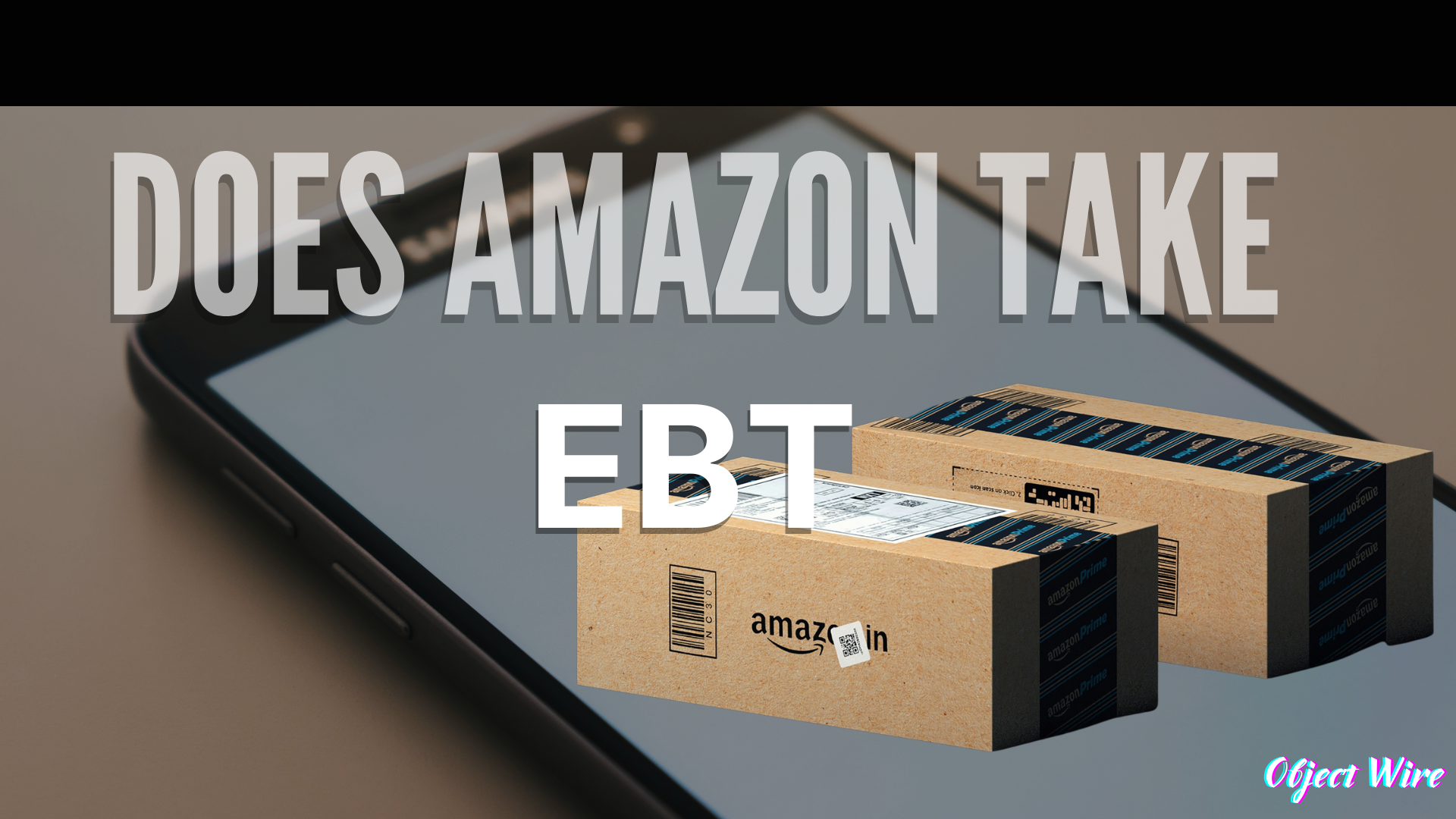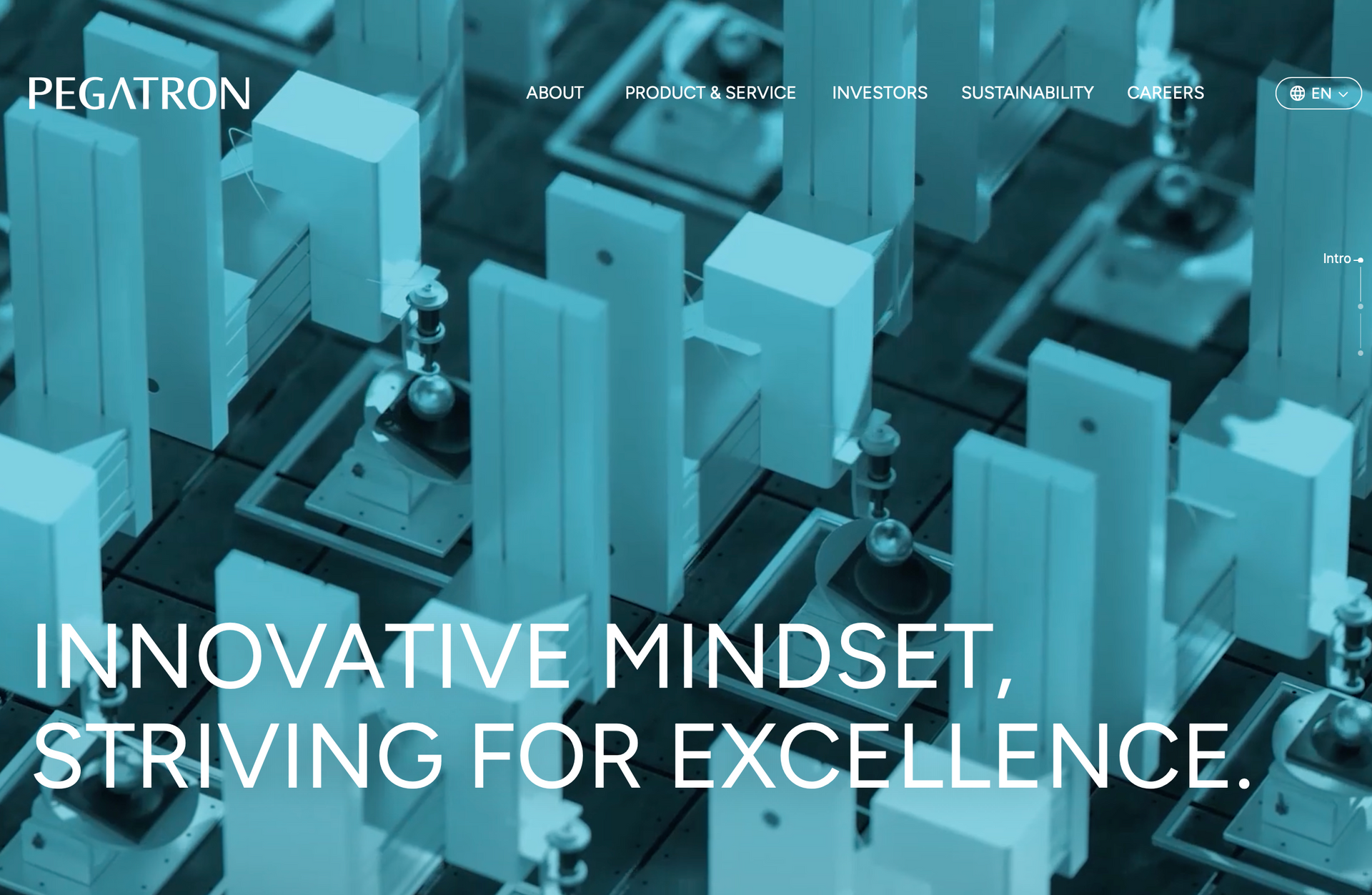Security step in after Paddy Pimblett enters the cage for fiery face-off with Ilia Topuria at UFC 317
The T-Mobile Arena in Las Vegas was ablaze with a heated post-fight face-off between Topuria and Paddy Pimblett.
The unexpected clash, which required security to intervene, left UFC CEO Dana White visibly upset, describing it as an unplanned spectacle that “should’ve never happened.”
Fight for the 155-found Light Weight Belt
The main event of UFC 317 pitted Ilia Topuria against former lightweight champion Charles Oliveira for the vacant 155-pound title, left open after Islam Makhachev’s departure to welterweight.
From the opening bell, Oliveira pressed forward, landing a sharp jab and attempting an early takedown to leverage his Brazilian Jiu-Jitsu expertise. Topuria, however, showcased his elite defensive wrestling, sprawling to deny the takedown and countering with a blistering combination.
As Oliveira reset, Topuria capitalized on a slight overextension, landing a thunderous right cross that staggered “Do Bronx.” Sensing the finish, Topuria unleashed a left hook that sent Oliveira crashing to the canvas at 2:27 of the first round. The knockout, described on X as “a statement to the division,” marked Topuria as the first undefeated fighter to hold UFC titles in two weight classes.
Pimblett and Topuria’s Face-Off UFC 317 Dana White Fuming
Post-fight, Topuria addressed the roaring crowd: “I’m the new generation of MMA. No one can stop me.” Oliveira, gracious in defeat, acknowledged Topuria’s power, stating, “He caught me clean. I’ll be back stronger.” The victory solidified Topuria’s dominance, but the night’s drama was far from over.
As Topuria soaked in his
championship moment, UFC announcer Joe Rogan made a bold call, inviting Paddy Pimblett, who was cageside after his recent TKO win over Michael Chandler at UFC 314, into the octagon for a face-off.
The decision blindsided Dana White, who later fumed, “Who the hell let him[Paddy] in there?
That was a mistake.” The
arena erupted as Pimblett stepped into the cage, locking eyes with the newly crowned champion.
Bad Blood Continues.
Pimblett & Topuria’s Cage Encounter.
The bad blood between Paddy Pimblett and Ilia Topuria has been brewing since their infamous altercation at a fighter hotel before UFC London in 2022. The feud, rooted in personal animosity sparked by Pimblett’s alleged anti-Georgian comments, had been simmering through social media jabs and press conference confrontations. Fans and analysts alike anticipated that their paths would cross,
especially after Topuria vacated his featherweight title to move up to lightweight, putting him in direct contention with the outspoken Brit.
Leading up to UFC 317, the verbal sparring intensified. Topuria, undefeated at 17-0, dismissed Pimblett as “irrelevant” in the title picture, while Pimblett, fresh off a dominant TKO over Michael Chandler at UFC 314, vowed to “welcome” Topuria to the lightweight division with a knockout.
See full fight on here.
Joe Rogan invited Paddy Pimblett, who was cageside, into the octagon for a face-off. The decision caught Dana White off guard, who later expressed his frustration: “I don’t know who the hell let [PaddyTheBaddy] in there. That should’ve never happened”.
Security’s Role: Keeping the Chaos in Check
Their presence ensured that the confrontation remained verbal, preserving the focus on the sport and protecting both fighters and spectators. This quick response highlighted the importance of security in maintaining order during such volatile moments, allowing the event to proceed without incident.
Fighter Reactions: Confidence and Defiance
Post-fight, both fighters addressed the chaotic face-off. Pimblett, known for his brash charisma, downplayed the incident, emphasizing his readiness to face Topuria in the octagon. “I don’t get knocked out. I finish you, little man,” he said, maintaining his belief in his grappling advantage and reach.
UFC and Fight Implications for Dana White Beyond 317
Strategically, the face-off may influence both fighters’ game plans. Topuria’s ability to provoke Pimblett could lead to a mental edge, while Pimblett’s confidence suggests he’s prepared to counter Topuria’s aggression with grappling.
Dana White’s frustration aside, the impromptu face-off has set the stage for a narrative-driven spectacle.
The Objective Wire





@ufceurope SIGN US UP 🤩 How good would Ilia Topuria vs Paddy Pimblett be?! #ufc #ufcedit #iliatopuria #paddypimblett #paddythebaddy ♬ original sound - ufceurope
